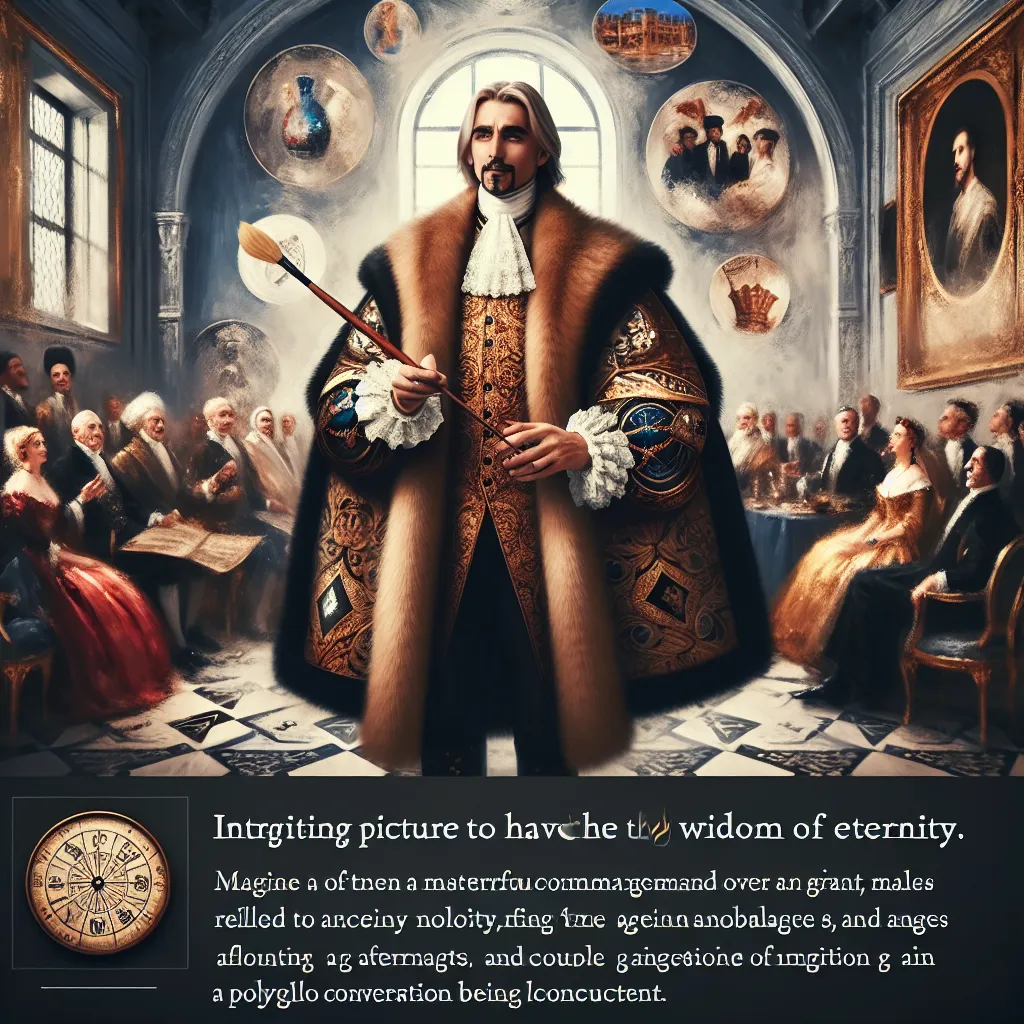In the previous part, we delved into the enigmatic Count of Saint Germain, often labeled as a prophet, sorcerer, and immortal being. Rumor has it that he’s popped up around the globe for a thousand years, and some say he even claimed to be Cartophilus, the legendary wandering Jew cursed with eternal life by Jesus. The Count of Saint Germain rubbed shoulders with kings, queens, and emperors, playing pivotal roles in moments of European history and even aiding in America’s push for independence. This man was a multi-talented virtuoso, fluent in many languages, and a master in various fields like art, science, politics, philosophy, and history. He left a lasting impression on everyone he encountered. But today, let’s see if we can demystify the man behind the myth.
Throughout paranormal history, few figures are as intriguing as the Count of Saint Germain. Stories about him abound, stretching over centuries, but are they all true? Many tales depict him as fluent in numerous languages, but is that accurate? Historical records first mention him in 1745, arrested on suspicion of being a spy. However, the records often skip details. When English authorities nabbed him, they noted he spoke Spanish and Portuguese fluently, was proficient in Italian, and had a Piedmont accent in French. His broken English did the job but was far from fluent. Most assumed he was Iberian.
Indeed, King Louis XV was charmed by the Count, but his chief advisors saw him as an arrogant impostor, and the king’s doctor dismissed him as a quack. The Count vanished from France for a while, not on a spiritual quest, but to dodge arrest ordered by the king’s chief minister. His supposed alchemical feats, like turning Casanova’s coin to gold, were mere sleights of hand, a constant source of Casanova’s irritation, even though he acknowledged the Count’s brilliance while calling him a con man and spy.
When he supposedly fixed the king’s diamond, the returned gem was of a different cut and slightly larger, which the Count rationalized as part of his process. Madame Pompadour, knowledgeable about precious stones, examined his gems and laughed, declaring them fakes despite their beauty. Voltaire even quipped sarcastically that the Count knew everything and never died, a line often misinterpreted as praise.
The famous story about the elderly countess recognizing him from 50 years prior is often exaggerated; she was nearly 90 and senile, which even the Count admitted. English comedian Millard Gower further sensationalized the Count’s legend through his stage impersonations. By the time the Count allegedly died in 1784, he was described not as a vigorous man in his mid-40s but as a small, gray-haired elderly man.
On his deathbed, the Count claimed to be the son of Francis II Rákóczi, Prince of Transylvania, purportedly 88 years old at death, explaining his wealth and linguistic prowess if true. However, discrepancies like the Prince being 15 at his birth cast doubt on this theory. Another suggests he was an Alsatian Jew named Simon Wolfe, hiding from religious persecution, or a Spanish Jesuit named Amar, the Marquis de Betmar, which aligns with his perfect Iberian phonetics.
P.T. Barnum, master of scams, believed the Count was the child of an Italian princess and a tax collector. This child, given a top-tier education and wealth but instructed to mask his identity, fits the bill. If so, he was likely born in San Germano (Saint Germain) around 1690, a locale where French, Italian, and German languages blend, explaining his linguistic talents.
Despite extensive theories, the Count’s true origins remain shrouded. He perpetuated his own myth, living grandly off others’ hospitality with no theft, just charm and intellect. Even if exposed, people clung to the idea of his immortality, traversing the earth to this day. Though I remain skeptical, if I ever meet a mysterious man claiming to be the Count of Saint Germain, I’ll keep an ear open because, who knows?
Thanks for sticking around.






